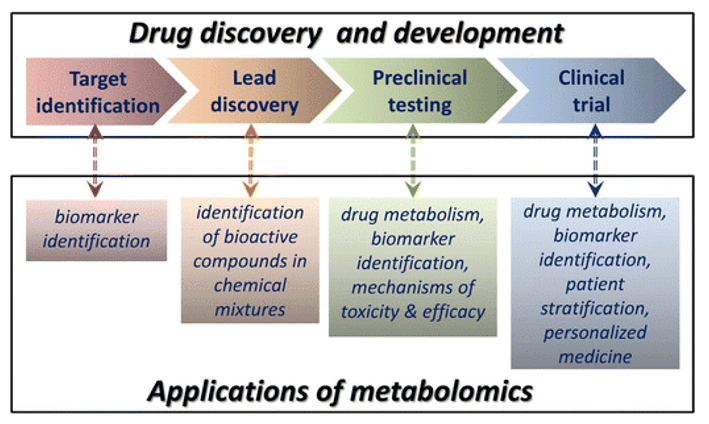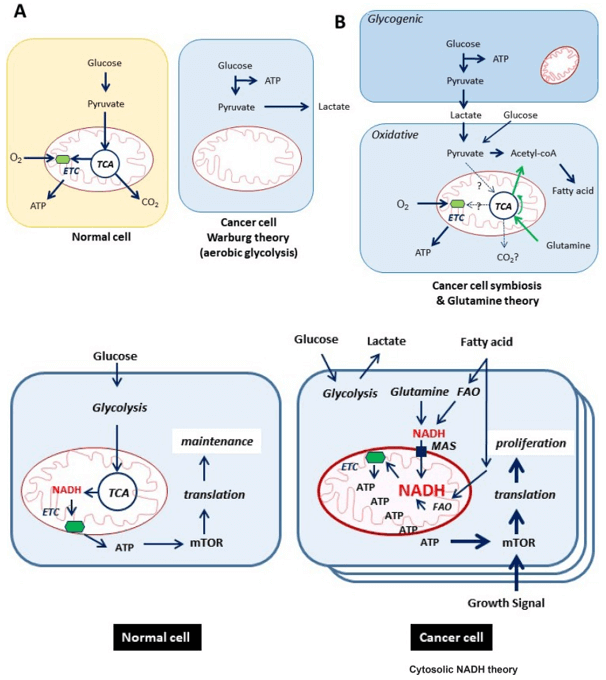Fatty Acid Degradation Analysis Service
Submit Your InquiryOverview
Fatty acid degradation is the process where fatty acids are broken down into different metabolites to produce energy and adenosine triphosphate. This process ultimately forms acetyl-coA and feeds it into the citric acid cycle. The whole process includes three stages: lipolysis, activation and beta-oxidation. During the lipolysis, the fatty acids are are broken down into free fatty acids so they can enter the blood system. Afterwards, activation is responsible for transporting the fatty acid into mitochondrion via the carnitie carrier system. Beta-oxidation is the final phase of fatty acid degradation and generates acetyl-CoA entering into citric acid cycle, an essential part of energy supply. In fact, the abnormal fatty acid degradation is closely link to human diseases like glutaric acidemia and MCAD deficiency. As a high-throughput tool, fatty acid degradation analysis provides a powerful way to diagnosis and gain new insights in disease mechanism or treatment. With integrated array of separation, characterization, identification and quantification experience, Creative Proteomics provides reliable, rapid and cost-effective fatty acid degradation analysis service for your various scientific purposes.
The Main Applications of Fatty Acid Degradation Analysis Service
Advantages of Our Fatty Acid Degradation Analysis Service
Service Workflow
Creative Proteomics provides fatty acid degradation analysis service in a reliable and effective manner, based on our cutting-edge high-performance liquid chromatography (HPLC) platforms. The experimental procedures contain four main procedures: sample collection, metabolites extraction, HPLC data analysis and bioinformatics analysis (Figure 1). Our service will be tailored to specific samples and needs for optimal results.
 Figure 1. The overall workflow of fatty acid degradation
Figure 1. The overall workflow of fatty acid degradation
Sample Requirements
We can analyze a wide range of biological materials including but not limited to cells and solid tissues from humans and animals, such as mice, rats, rabbits. If you need transport your samples to us, please follow the following requirements for different types of sample:
- Blood/plasma: 500ul/sample
- Urine: 1ml/sample
- Tissue: 200mg/sample
- Cells: 1x107/sample
- Feces: 500mg/sample
- Shipment condition: dry ice
Report Delivery
- Experimental protocols
- Instrumental factors of HPLC
- The raw data files of HPLC and the summary of HPLC data quality
- Bioinformatics analysis report
Based on advanced HPLC platforms for the determination of fatty acid degradation, professional bioinformatic analysis software and experienced technicians and scientists, Creative Proteomics provides customer-tailored fatty acid degradation analysis service with rapid experimental procedures and easy to read report, to accelerate your scientific research.
References
- Marlaire Simon, Schaftingen Emile Van, Veiga-da-Cunha Maria. C7orf10 encodes succinate-hydroxymethylglutarate CoA-transferase, the enzyme that converts glutarate to glutaryl-CoA. J Inherit Metab Dis. 2014.37:13-19.
- Leal J, Ades A E, Wordsworth S, et al. Regional differences in the frequency of the c.985A>G ACADM mutation: findings from a meta-regression of genotyping and screening studies. Clin Genet. 2014.85:253-259.









